4-Hydroxyindole

4-Hydroxyindole structure
|
Common Name | 4-Hydroxyindole | ||
|---|---|---|---|---|
| CAS Number | 2380-94-1 | Molecular Weight | 133.147 | |
| Density | 1.3±0.1 g/cm3 | Boiling Point | 343.2±15.0 °C at 760 mmHg | |
| Molecular Formula | C8H7NO | Melting Point | 97-99 °C(lit.) | |
| MSDS | Chinese USA | Flash Point | 161.4±20.4 °C | |
| Symbol |

GHS07 |
Signal Word | Warning | |
Use of 4-Hydroxyindole4-Hydroxyindole is a member of the class of hydroxyindoles that is 1H-indole substituted by a hydroxy group at position 4. 4-Hydroxyindole is an important raw material or intermediate in the synthesis of pharmaceutical products and industrial polymers[1]. |
| Name | 4-hydroxyindole |
|---|---|
| Synonym | More Synonyms |
| Description | 4-Hydroxyindole is a member of the class of hydroxyindoles that is 1H-indole substituted by a hydroxy group at position 4. 4-Hydroxyindole is an important raw material or intermediate in the synthesis of pharmaceutical products and industrial polymers[1]. |
|---|---|
| Related Catalog | |
| References |
| Density | 1.3±0.1 g/cm3 |
|---|---|
| Boiling Point | 343.2±15.0 °C at 760 mmHg |
| Melting Point | 97-99 °C(lit.) |
| Molecular Formula | C8H7NO |
| Molecular Weight | 133.147 |
| Flash Point | 161.4±20.4 °C |
| Exact Mass | 133.052765 |
| PSA | 36.02000 |
| LogP | 1.41 |
| Vapour Pressure | 0.0±0.8 mmHg at 25°C |
| Index of Refraction | 1.739 |
| Storage condition | 0-6°C |
| Water Solubility | slightly soluble |
| Symbol |

GHS07 |
|---|---|
| Signal Word | Warning |
| Hazard Statements | H315-H319-H335 |
| Precautionary Statements | P261-P305 + P351 + P338 |
| Personal Protective Equipment | dust mask type N95 (US);Eyeshields;Gloves |
| Hazard Codes | Xi:Irritant |
| Risk Phrases | R36/37/38 |
| Safety Phrases | S26-S36-S37/39 |
| RIDADR | NONH for all modes of transport |
| WGK Germany | 3 |
| HS Code | 2933990090 |
| Precursor 10 | |
|---|---|
| DownStream 10 | |
| HS Code | 2933990090 |
|---|---|
| Summary | 2933990090. heterocyclic compounds with nitrogen hetero-atom(s) only. VAT:17.0%. Tax rebate rate:13.0%. . MFN tariff:6.5%. General tariff:20.0% |
|
Characterization of in vitro metabolites of JWH-018, JWH-073 and their 4-methyl derivatives, markers of the abuse of these synthetic cannabinoids
J. Chromatogr. B. Analyt. Technol. Biomed. Life Sci. 957 , 68-76, (2014) • Optimization of a suitable extraction protocol for alkylindoles and their metabolites from biological fluids. • Detection of alkylindoles and their metabolites by means of the GC/MS method adopted b... |
|
|
Validation and application of an UPLC-MS/MS method for the quantification of synthetic cannabinoids in urine samples and analysis of seized materials from the Portuguese market.
Forensic Sci. Int. 243 , 117-25, (2014) An UPLC-MS/MS method using ESI+ionization and MRM was developed and fully validated according to international guidelines for the qualitative and quantitative analysis of nine synthetic cannabinoids a... |
|
|
Glucuronidation of psilocin and 4-hydroxyindole by the human UDP-glucuronosyltransferases.
Drug Metab. Dispos. 38(3) , 386-95, (2010) We have examined the glucuronidation of psilocin, a hallucinogenic indole alkaloid, by the 19 recombinant human UDP-glucuronosyltransferases (UGTs) of subfamilies 1A, 2A, and 2B. The glucuronidation o... |
| 1H-Indol-4-ol |
| 4-Hydroxylndole |
| 1H-Indol-7-ol |
| EINECS 219-177-2 |
| indol-4-ol |
| 7-Hydroxyindol |
| 7-HYDROXYLINDOLE |
| 4-hydroxy-indole |
| INDOL-7-OL |
| 7-HYDROXY-1H-INDOLE |
| 7-monohydroxyindole |
| 7-hydroxyindole |
| 1H-INDOLE-4-OL |
| 4-Hydroxxyindole |
| 7-Indolol |
| MFCD00005667 |
| 4-Hydroxyindole |
| 4-hydroxy-1H-indole |
| 4-INDOLOL |
 CAS#:78283-30-4
CAS#:78283-30-4 CAS#:195992-07-5
CAS#:195992-07-5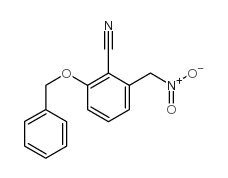 CAS#:79966-73-7
CAS#:79966-73-7 CAS#:13754-86-4
CAS#:13754-86-4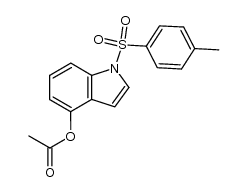 CAS#:112970-68-0
CAS#:112970-68-0 CAS#:85926-99-4
CAS#:85926-99-4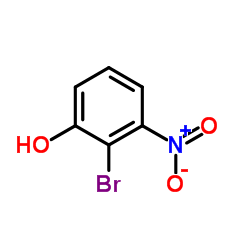 CAS#:101935-40-4
CAS#:101935-40-4 CAS#:81038-33-7
CAS#:81038-33-7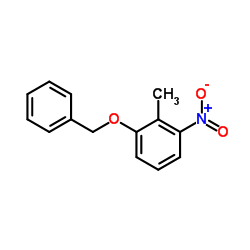 CAS#:20876-37-3
CAS#:20876-37-3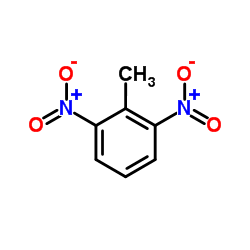 CAS#:606-20-2
CAS#:606-20-2![2-bromo-N-[2-[4-[[2-hydroxy-3-(1H-indol-4-yloxy)propyl]amino]-4-methylcyclohexyl]propan-2-yl]acetamide structure](https://image.chemsrc.com/caspic/222/106469-51-6.png) CAS#:106469-51-6
CAS#:106469-51-6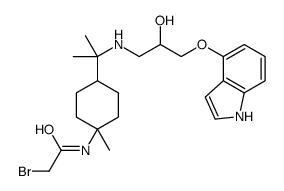 CAS#:106469-52-7
CAS#:106469-52-7 CAS#:4837-90-5
CAS#:4837-90-5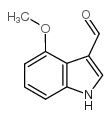 CAS#:90734-97-7
CAS#:90734-97-7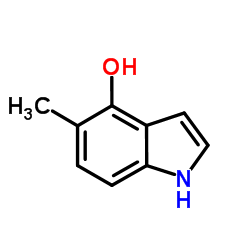 CAS#:19499-83-3
CAS#:19499-83-3![1H-Indol-4-ol, 5-[(dimethylamino)Methyl]- structure](https://image.chemsrc.com/caspic/372/19499-82-2.png) CAS#:19499-82-2
CAS#:19499-82-2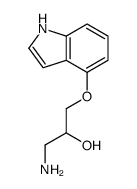 CAS#:23694-87-3
CAS#:23694-87-3 CAS#:30439-19-1
CAS#:30439-19-1 CAS#:24370-76-1
CAS#:24370-76-1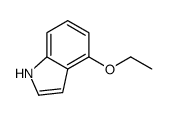 CAS#:23456-82-8
CAS#:23456-82-8
